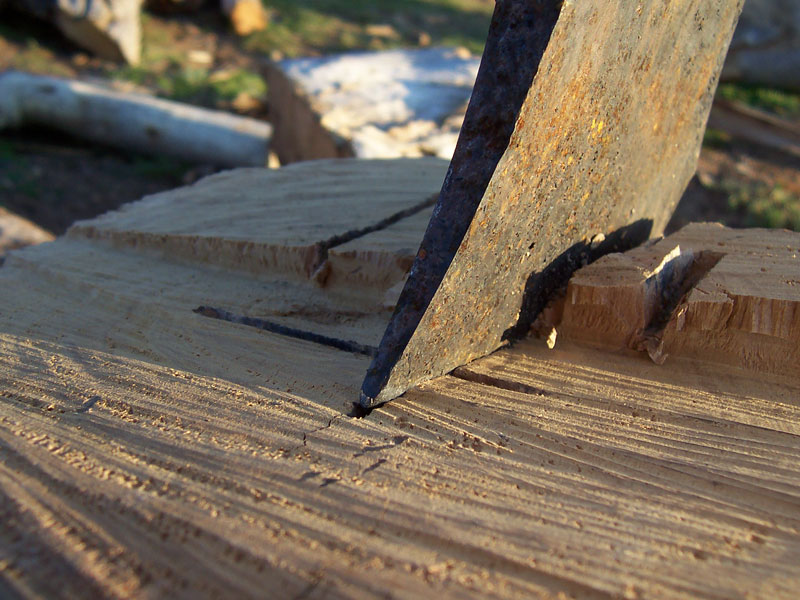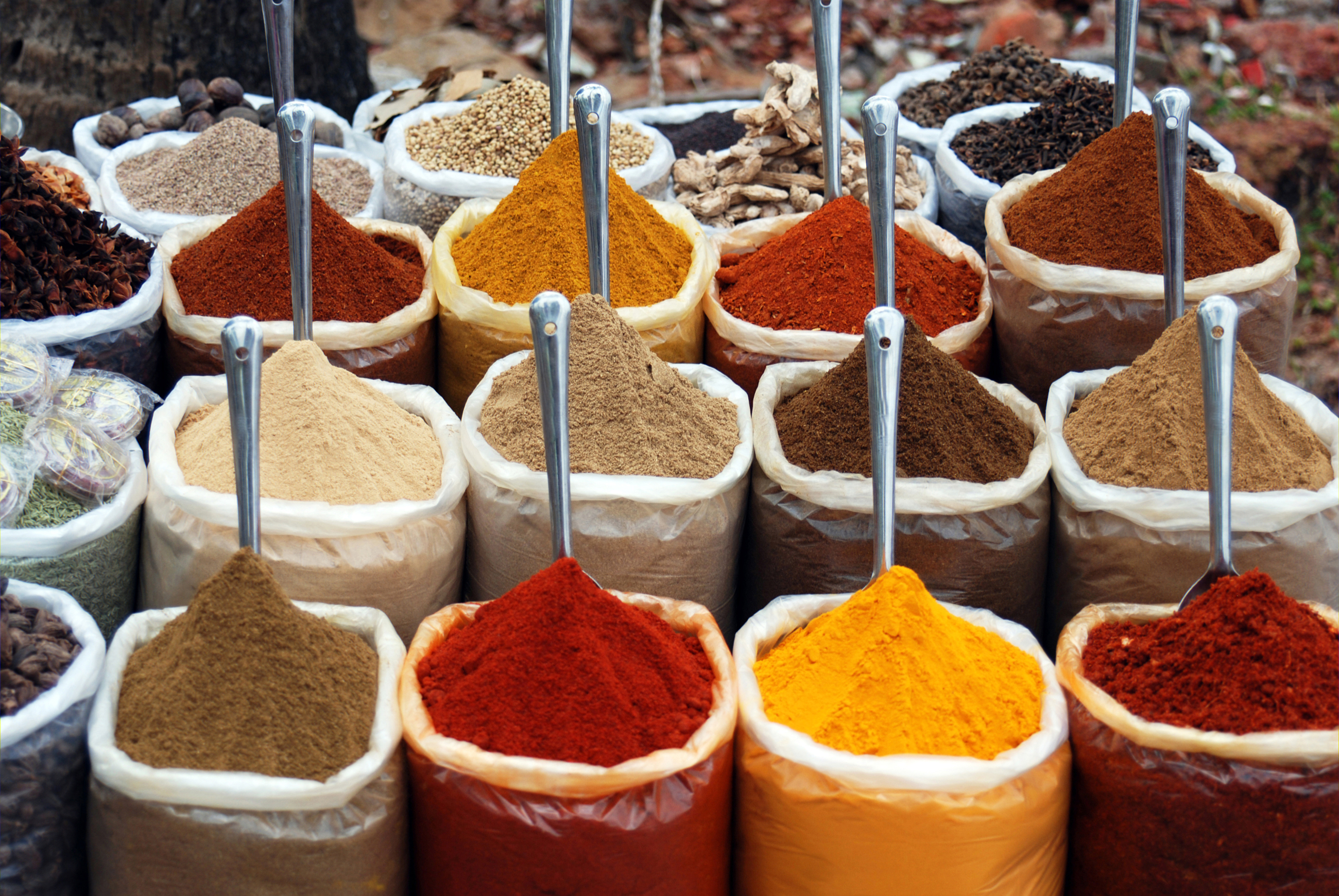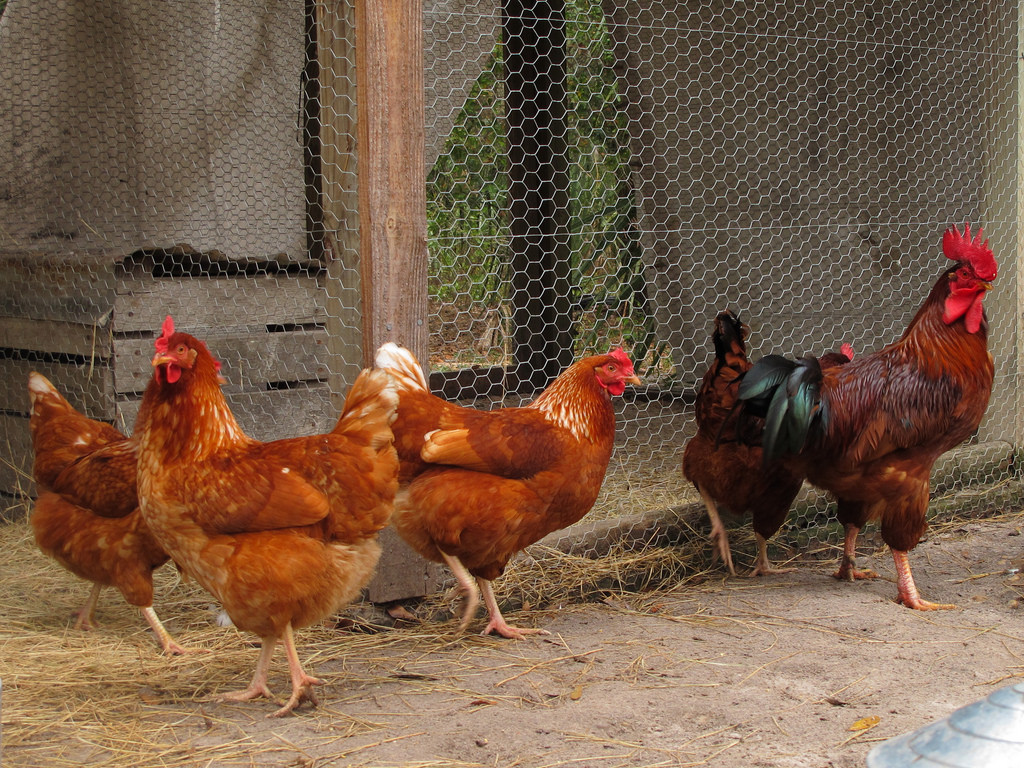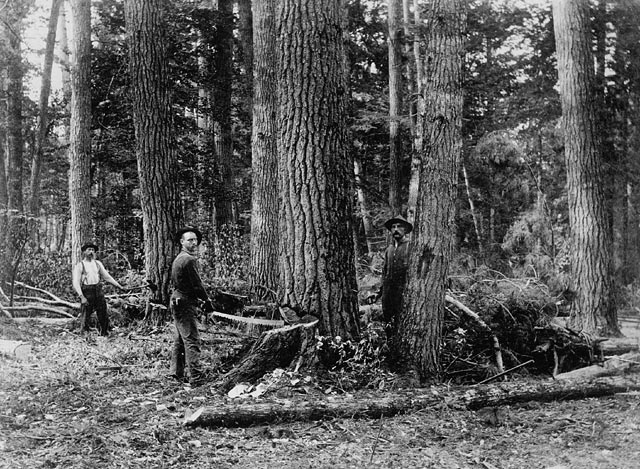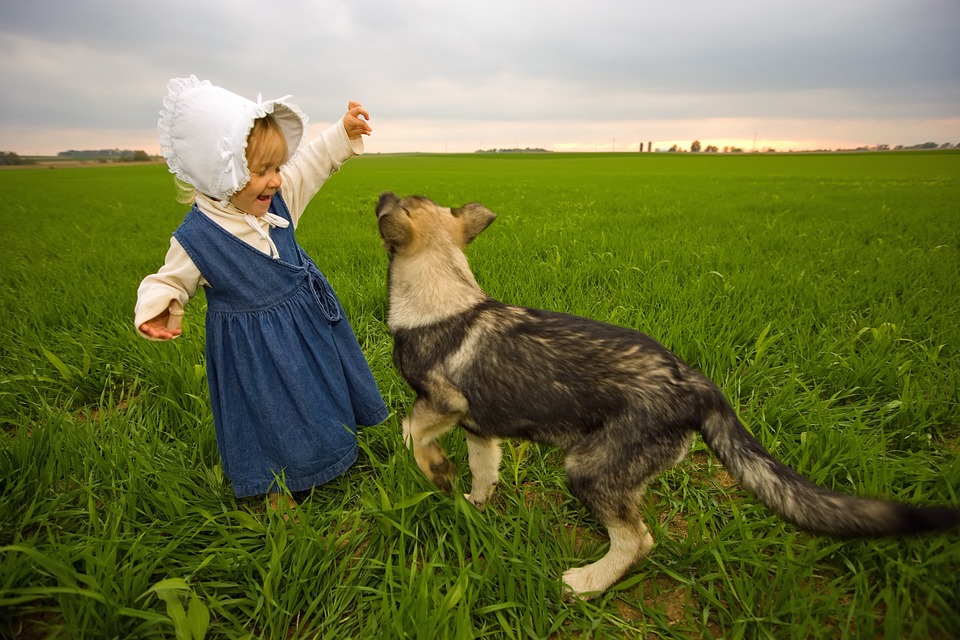Why Baking Soda is Awesome
Two of the most constant themes in homesteading are resource conservation and improvisation. Having items that can be used in a variety of ways will help make both of these possible. One such item is baking soda. Baking soda can be used in virtually every aspect of homesteading life. It is cheap, natural, and safe. … Read more


